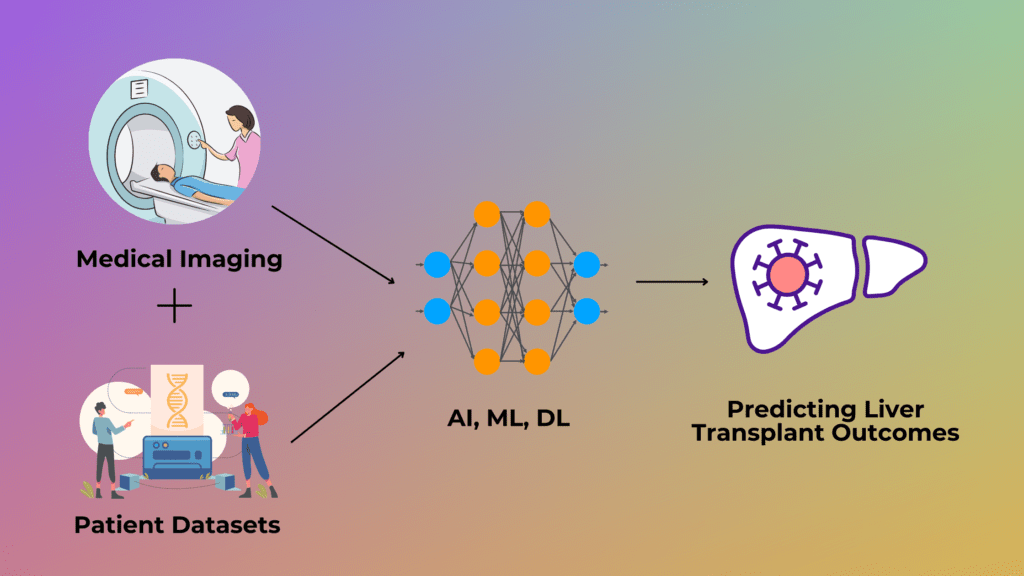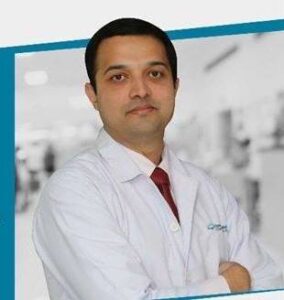In recent years, healthcare has seen significant changes due to the integration of advanced technologies. Artificial intelligence (AI), machine learning (ML), and deep learning (DL) are at the forefront of these changes, showing potential to transform various aspects of medical practice, including liver transplantation. This complex procedure, crucial for patient survival, can greatly benefit from these technologies.

The incorporation of AI, ML, and DL in liver transplantation presents numerous opportunities to improve patient care and surgical outcomes. These technologies enable healthcare professionals to analyze vast datasets, aiding in informed decision-making throughout the transplantation process. One key area where they shine is in donor selection and organ allocation, where they assess donor characteristics and factors like graft quality and liver disease severity to identify suitable organs, thus optimizing success rates and minimizing post-operative complications. Sophisticated prediction models driven by AI, ML, and DL algorithms allow clinicians to anticipate and address potential challenges associated with liver transplantation. By analyzing patient data, including demographics and medical history, these models forecast outcomes such as survival rates and rejection likelihood, allowing tailored treatment strategies for better clinical outcomes. In surgical planning and intraoperative guidance, AI, ML, and DL provide vital support to transplant surgeons by integrating patient-specific data and advanced imaging techniques.
This aids in preoperative planning and real-time assistance during surgery, leading to improved precision and patient safety. Beyond the operating room, these technologies extend to post-transplant care and monitoring. Continuous analysis of patient data enables early detection of complications or rejection, facilitating timely interventions and personalized care, ultimately improving patient outcomes and healthcare efficiency.
While the integration of AI, ML, and DL holds promise for liver transplantation, it’s essential to recognize that they should complement, not replace, the expertise of healthcare providers. Collaboration between technology developers and medical professionals is crucial to fully realizing their potential and ensuring safe, effective, patient-centered care in liver transplantation.

